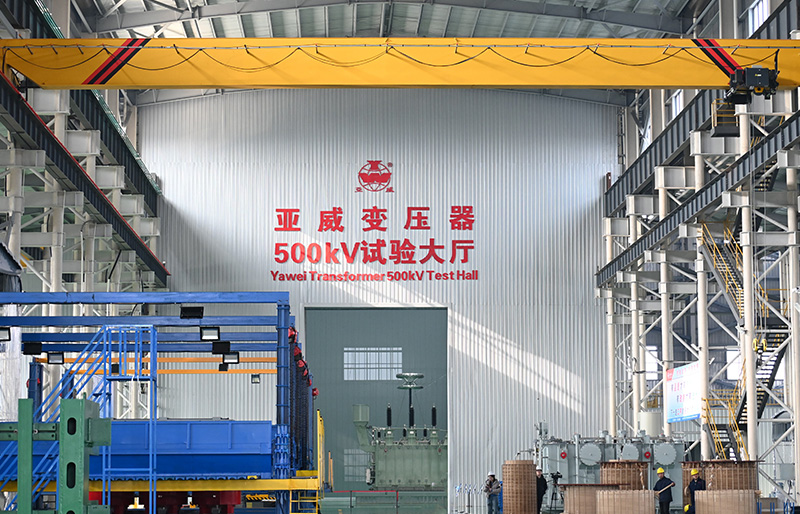- E-mail: admin@yaweitransformer.cn
- Tel: +86-18862719076
Under the specified use environment and its operating conditions, its main technical parameters are generally marked on the nameplate of the transformer. Most people don’t know how to interpret these parameters.
The nameplate parameters of the transformer are as follows:
1, rated capacity (kVA) : is the rated voltage of the transformer. It is the capacity that the transformer can transmit when running continuously at the rated current.
2, rated voltage (kV) : it is the working voltage that the transformer can withstand when running for a long time.
3. Rated current (A) : The current that the transformer allows to pass for a long time under the rated capacity.
4, no-load loss (kW) : when the rated voltage at the rated frequency is applied to the terminal of a winding, the active power absorbed when the remaining winding is open is called no-load loss. No-load loss is closely related to the performance of core silicon steel sheet, its manufacturing process and applied voltage.
5, no-load current: When the transformer at the rated voltage for the secondary side no-load, the current through the primary winding is called no-load current. Generally expressed as a percentage of the rated current.
6, load loss (kW) : the secondary winding of the transformer is short-circuited, and the rated current is passed into the rated tapping position of the primary winding, and the power consumed by the transformer is called load loss.
7, impedance voltage: short-circuit the secondary winding of the transformer, slowly increase the voltage in the primary winding, when the short-circuit current of the secondary winding is equal to the rated value, the voltage applied by the primary side is called the impedance voltage. Generally expressed as a percentage of the rated voltage.
8, phase number and frequency: the beginning of the three phase is represented by S, and the beginning of the single phase is represented by D. China’s national standard frequency f is 50Hz.
9, temperature rise and cooling: the difference between the temperature of the transformer winding or upper oil and the ambient temperature of the transformer is called the temperature rise of the winding or upper oil surface. The winding temperature rise limit of the oil-immersed transformer is 65K and the oil surface temperature rise is 55K. There are also many kinds of cooling methods: oil immersed self-cooling, forced air cooling, water cooling, pipe type and plate type.
10, insulation level: the transformer has insulation grade standards.
11, the connection group label: according to the phase relationship of the transformer primary and secondary winding, the transformer winding is connected into a variety of different combinations, which is called the connection group of the winding.
